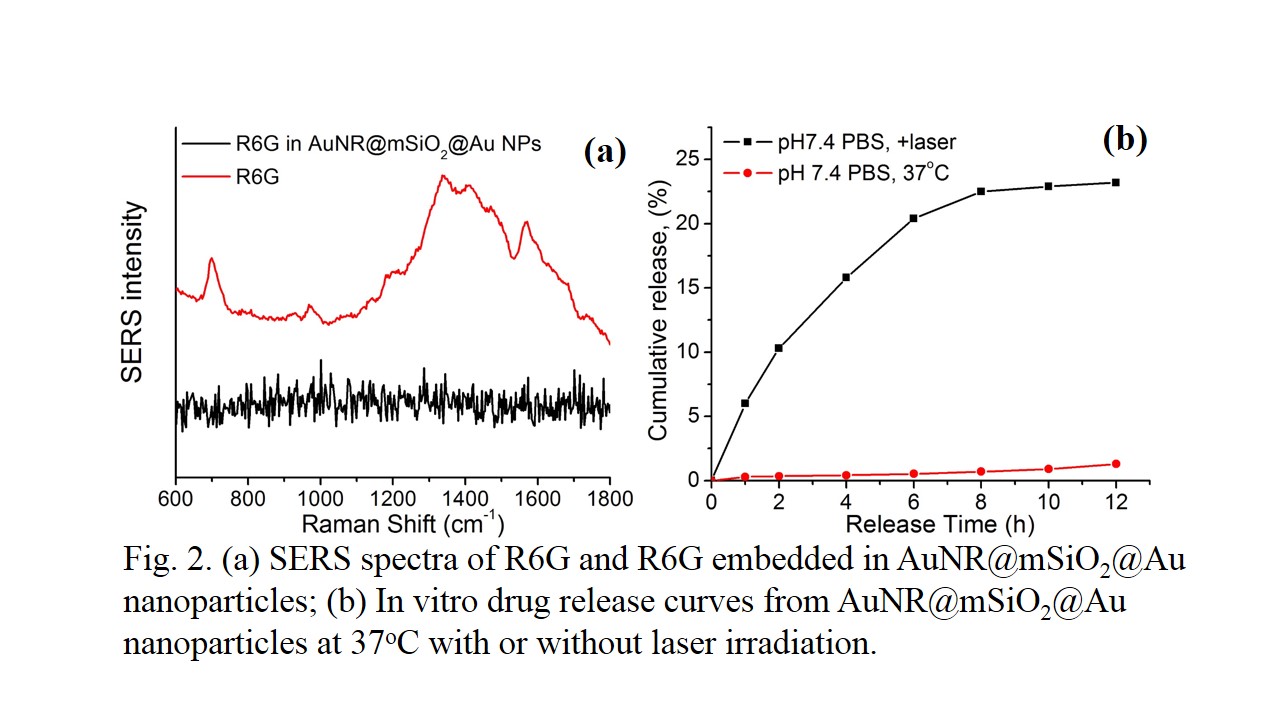

The as-prepared Fe 3O 4/SiO 2/polypyrrole composite nanoparticles showed potential applications in drug and gene delivery systems.įe 3O 4 nanoparticles as a magnetic nanomaterial have been extensively applied in many fields, especially for magnetic induced targeting drug and gene delivery, which are due to their specific magnetic properties, non-toxicity and easy to synthesis - ]. From Fe 3O 4 nanoparticles to Fe 3O 4/SiO 2 and then to Fe 3O 4/SiO 2/polypyrrole composite nanoparticles, the magnetic saturation gradually decreases from 67 to 34 emu/g, then dropped to 7 emu/g. The particle size of the inner core Fe 3O 4 nanoparticles was found to be 15 ± 3 nm, and the thicknesses of the SiO 2 shell and polypyrrole shell were ∼2.5 and ∼5 nm, respectively. The as-prepared nanoparticles were characterised using transmission electron microscope, X-ray diffraction, Fourier transform infrared spectroscopy, thermogravimetric analyses and vibration sample magnetometer. The core–shell Fe 3O 4/SiO 2/polypyrrole composite nanoparticles were prepared through a three-step approach involving co-precipitation for the synthesis of Fe 3O 4 nanoparticles, Stöber method for SiO 2 intermediate layer coating and solvothermal methods for polypyrrole shell. This work reported a facile synthetic approach to synthesise core–shell Fe 3O 4/SiO 2/polypyrrole composite nanoparticles with the superparamagnetic Fe 3O 4 nanoparticles as the inner core. IET Generation, Transmission & Distribution.IET Electrical Systems in Transportation.IET Cyber-Physical Systems: Theory & Applications.IET Collaborative Intelligent Manufacturing.CAAI Transactions on Intelligence Technology.SQUID magnetometry reveals that particle magnetic properties are not affected by the overlayer of a moderately thick Au shell. The Au-coated particles exhibit a surface plasmon resonance peak that blue-shifts from 570 to 525 nm with increasing Au deposition. The morphology and optical properties of the core/shell particles are dependent on the quantity of deposited Au, while the magnetic properties remain largely independent of Au addition. SQUID magnetometry reveals that particle magnetic properties are not affected by the overlayer of a moderately thick Au shell.ĪB - Water-soluble, Au-coated magnetic Fe oxide nanoparticles with diameters ∼60 nm were synthesized by the reduction of Au3+ onto the surfaces of ∼9 nm diameter particles consisting of either γ-Fe2O3 or partially oxidized Fe3O4 via iterative hydroxylamine seeding. N2 - Water-soluble, Au-coated magnetic Fe oxide nanoparticles with diameters ∼60 nm were synthesized by the reduction of Au3+ onto the surfaces of ∼9 nm diameter particles consisting of either γ-Fe2O3 or partially oxidized Fe3O4 via iterative hydroxylamine seeding. T1 - Synthesis of Fe oxide Core/Au shell nanoparticles by iterative hydroxylamine seeding


 0 kommentar(er)
0 kommentar(er)
